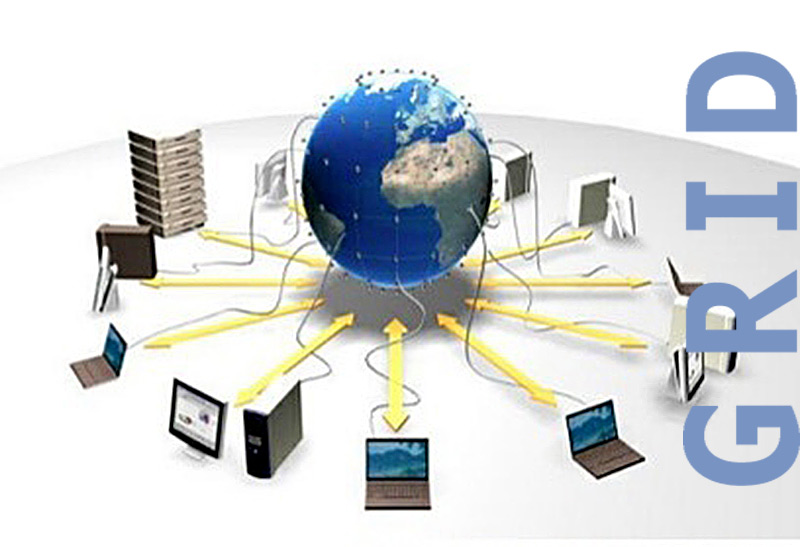
Development of modern scientific research in high energy physics, astrophysics, biology, Earth sciences, chemistry, as well as in medicine, nanotechnology, industry, business and other areas of human activity require the collaboration of many organizations to process large volumes of data in a relatively short time. This requires geographically distributed computing systems capable of transmitting, processing and storing huge amounts of data. To solve these problems, the GRID computer infrastructure has been developed, providing global integration of information and computing resources. Grid is a means for sharing computing power and data storage over the Internet, which
- coordinates the use of resources in the absence of centralized management of these resources
- uses standard open universal protocols and interfaces
- provides high quality service
Grid applications include:
- complex modeling;
- collaborative visualization of very large scientific data sets;
- distributed processing for data analysis purposes;
- data archiving.
GRID computing.
It is a form of distributed computing, with dynamic (during execution of applications) selection, separation and integration of geographically dispersed autonomous resources on demand, taking into account their readiness, productivity and cost, as well as specific computing needs and organizational policies.
Models of system Grid:
- DC Distribbuted Computing
- HTC Hiht-Throughput Computing
- ODC On-Demand Computing
- DIC Data-Intensive Computing
- Collaborative Computing
Developed Grid technologies are used in:
- high-energy physics,
- Cosmophysics,
- microbiology,
- ecology,
- meteorology,
- Various engineering and business applications.